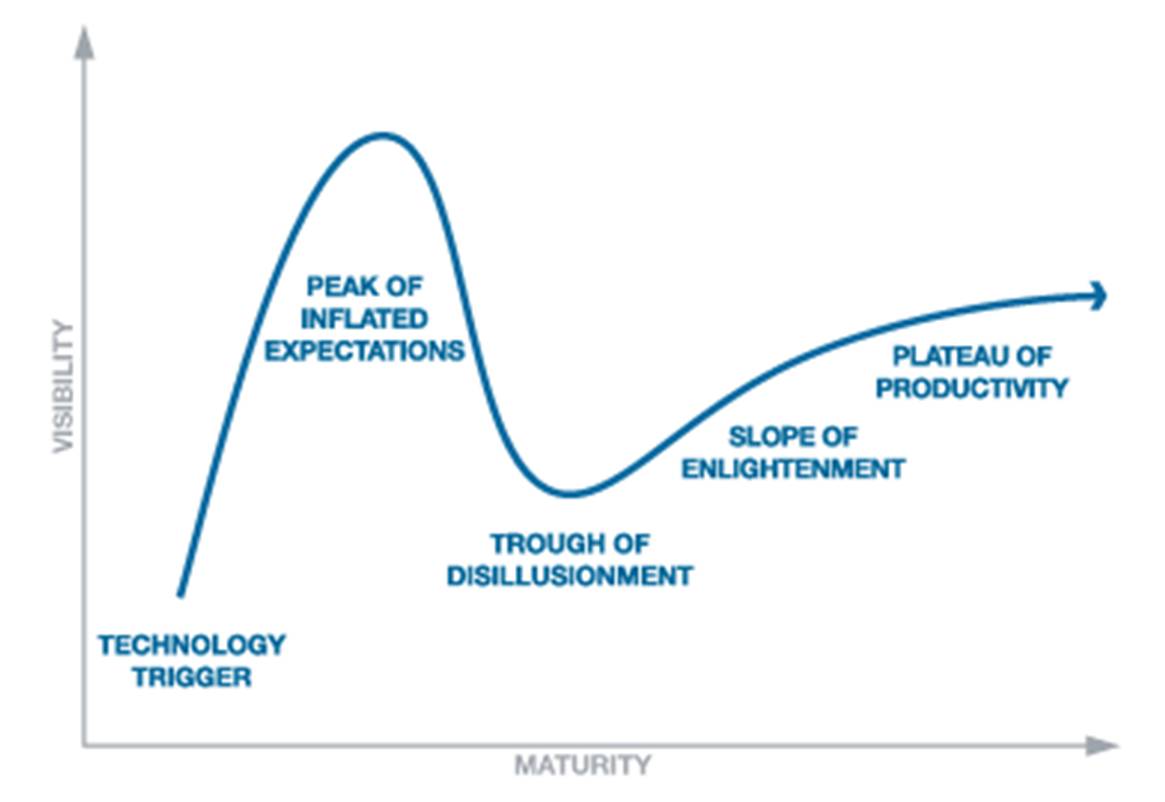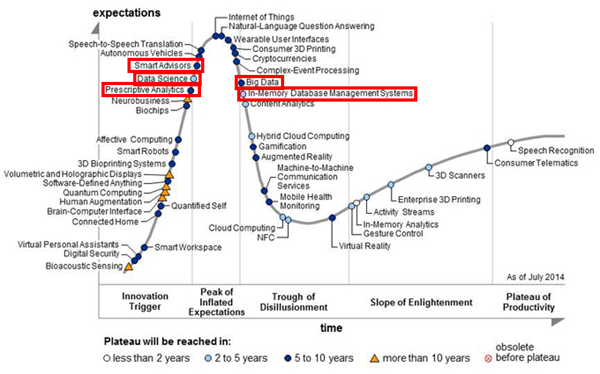

The 2010 Emerging Technologies Hype Cycle: Approximately 20% of the technology’s target audience has adopted or is adopting the technology as it enters this phase. Growing numbers of organizations feel comfortable with the reduced level of risk the rapid growth phase of adoption begins.

Tools and methodologies are increasingly stable as they enter their second and third generations. The real-world benefits of the technology are demonstrated and accepted. Commercial off-the-shelf methodologies and tools ease the development process. Media interest wanes, except for a few cautionary tales.įocused experimentation and solid hard work by an increasingly diverse range of organizations lead to a true understanding of the technology’s applicability, risks and benefits. The only enterprises making money are conference organizers and magazine publishers.īecause the technology does not live up to its overinflated expectations, it rapidly becomes unfashionable. The Hype Cycle for Emerging Technologies features technologies that are the focus of attention in the IT industry because of particularly high levels of hype, or those that may not be broadly acknowledged but which we believe have the potential for significant impactįor reference, the Hype Cycle tracks technologies through five stages:Ī breakthrough, public demonstration, product launch or other event generates significant press and industry interest.ĭuring this phase of overenthusiasm and unrealistic projections, a flurry of well-publicized activity by technology leaders results in some successes, but more failures, as the technology is pushed to its limits. Here is how Gartner Fellow Jackie Fenn describes this particular report: The Hype Cycle for the Emerging Technologies, 2010, was published publicly. Gartner Hype Cycles describe the various technologies that address a particular market. maintains a series of well-followed reports, called Hype Cycles.


 0 kommentar(er)
0 kommentar(er)
